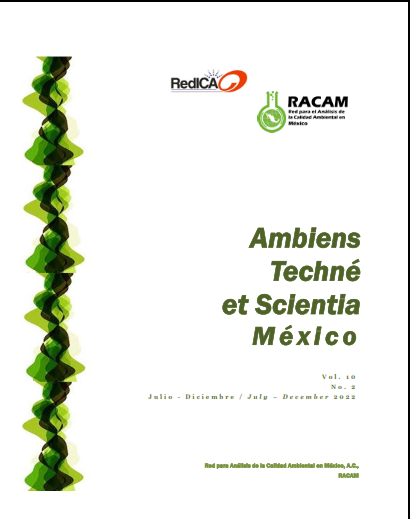Experiences in the use of artificial wetlands for the sanitation of domestic wastewater in rural populations
Keywords:
Domestic wastewater, or constructed wetlands, water quality parametersAbstract
In principle, artificial wetlands for wastewater treatment are passive purification systems made up of lagoons or shallow channels less than one-meter-deep, with plants typical of wetlands, mainly of the “macrophyte” type, where the mechanisms for decontamination are simultaneously executed by physical, chemical and biological components, these systems are also used to restore ecosystems and for the bioremediation of contaminated soils. They are mainly characterized by their simplicity of installation, operation and maintenance, as well as low or zero energy consumption, limited waste generation, and excellent incorporation into the rural environment. The most common types are: Surface and sub-surface liquid level, horizontal and vertical flow, and hybrid ones. Although they require larger extensions of land and longer hydraulic retention times than conventional sanitation systems, they represent an economically viable and environmentally sustainable alternative for rural populations. In the present study, seven treatment systems for domestic wastewater were evaluated, including artificial wetlands located in the states of Michoacán and Jalisco (Mexico), quantifying and observing significant reductions greater than 96% in parameters evaluated such as: Chemical oxygen demand, specific conductivity, total nitrogen and total phosphorus. However, the lack of adequate maintenance in these systems prevents full compliance with current official regulations for the discharge of treated water to national land and water resources, as well as the need to implement strategies for microbiological control and safe reuse of water. Their correct implementation will ensure environmental improvement and human, social, and economic development of rural populations.
Downloads



